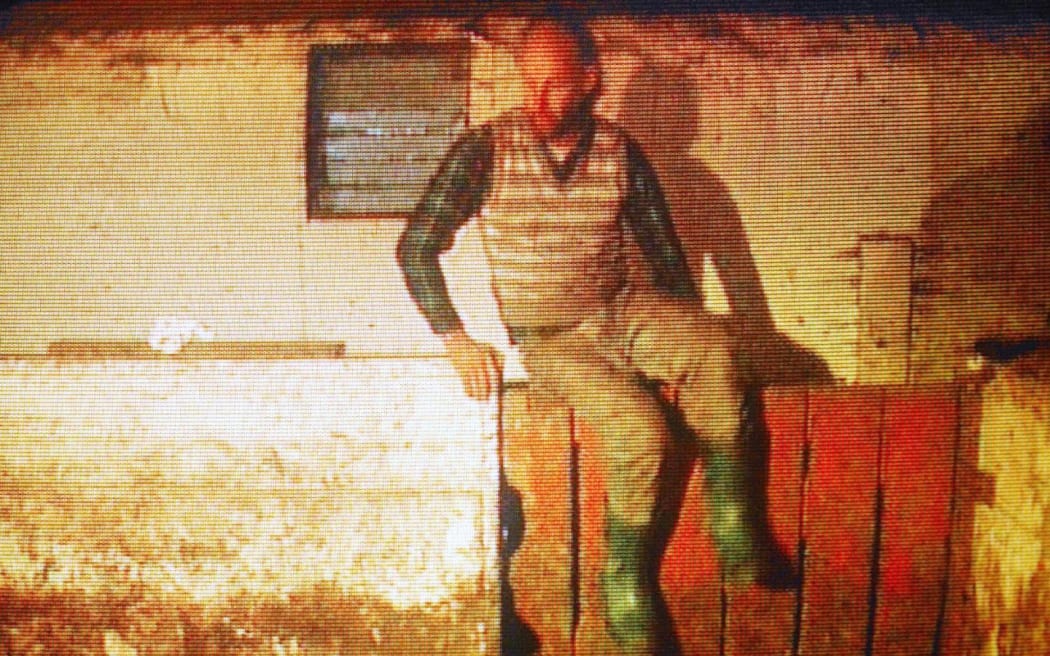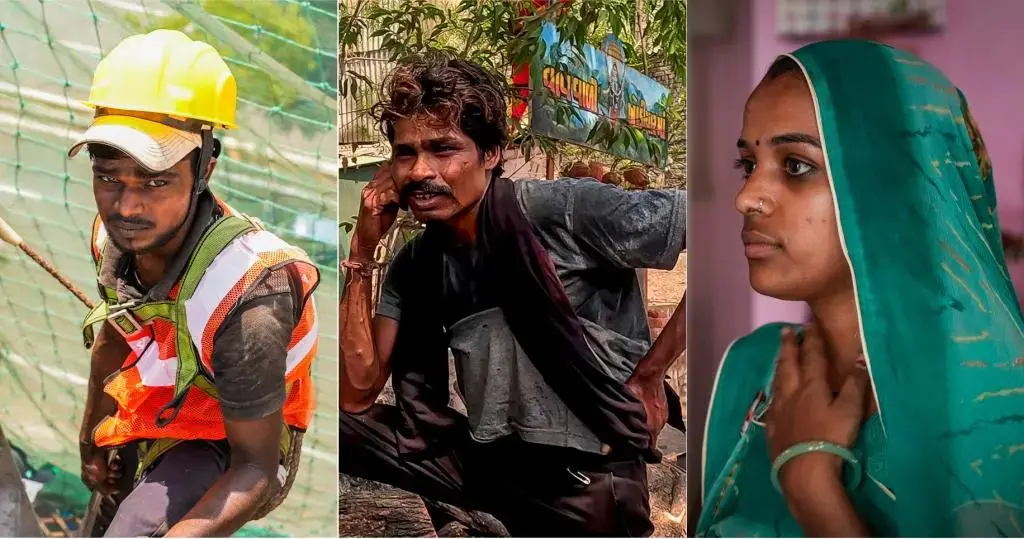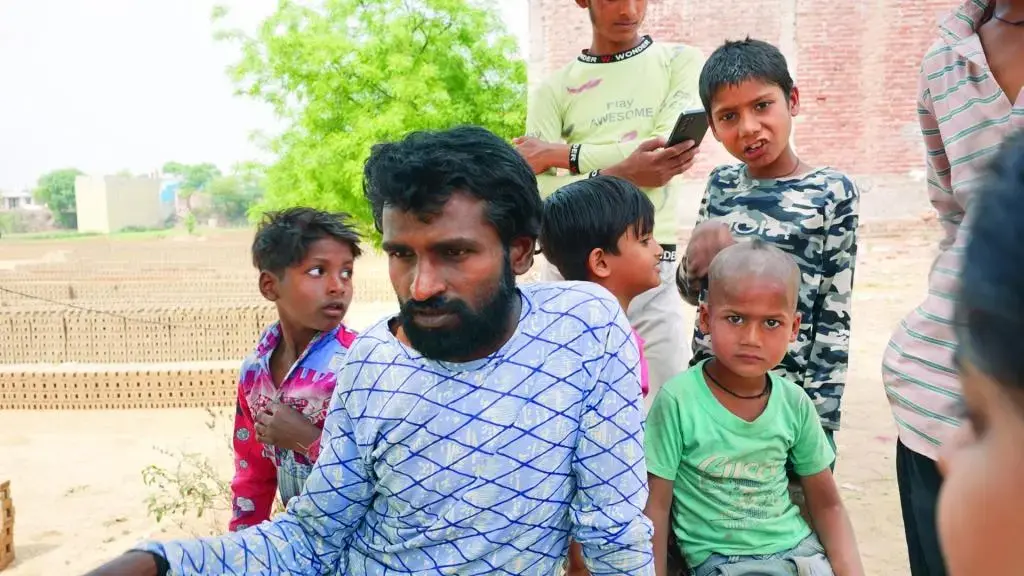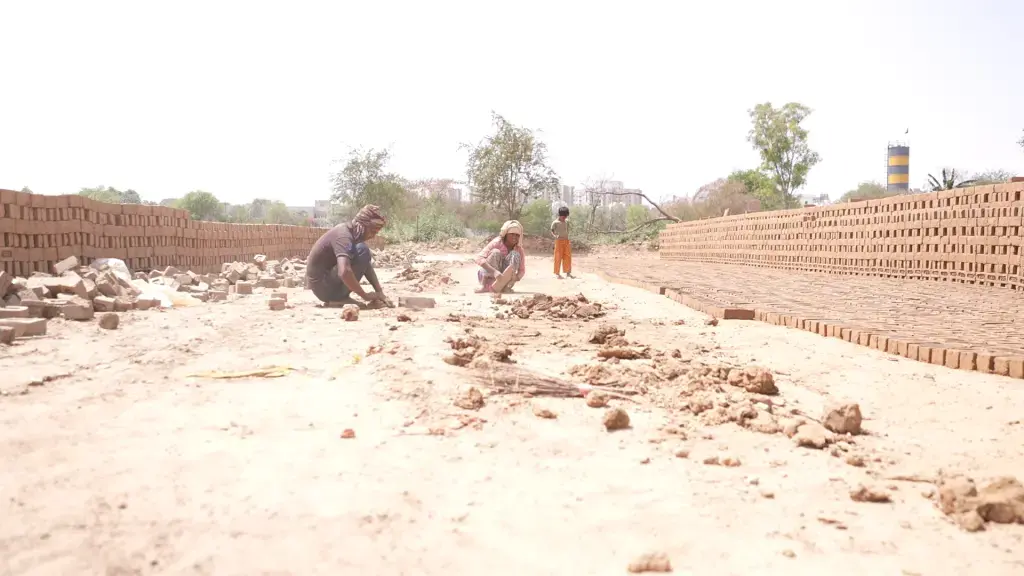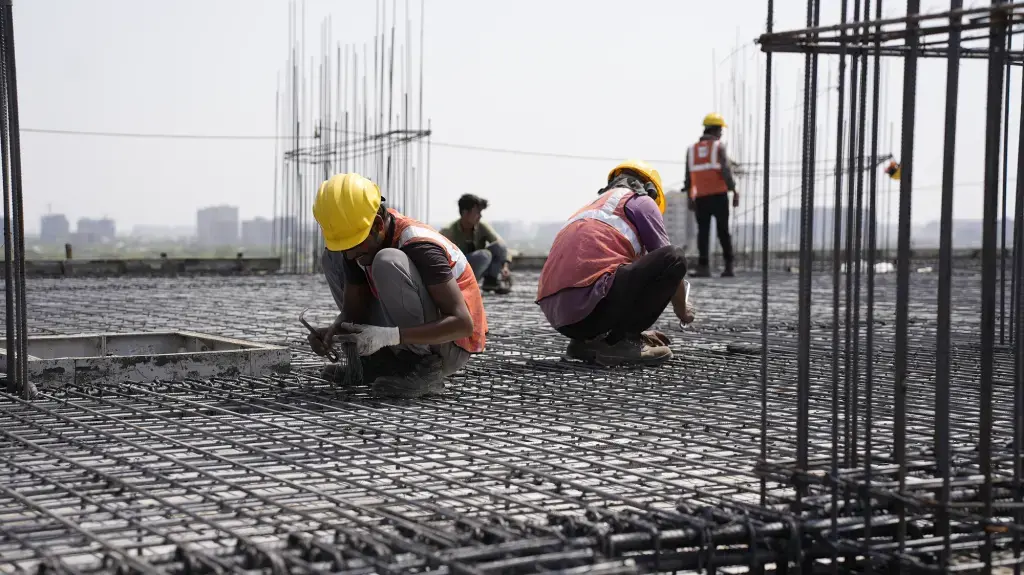Study finds simple headlines attract more online news readers

The competition for online attention in today's news environment is fierce. High-quality news from credible sources must compete for attention with misinformation and a rapidly increasing amount of partisan content.
How can a news organization stand out as a reputable and trustworthy outlet while driving readers to its site?
The answer is simple: literally.
According to research from Michigan State University, news readers engage more with simple writing, suggesting journalists should write simply—clearly and without ambiguity—to attract attention online. The study was published in the journal Science Advances.
"Newsrooms want engagement, and citizens, in general, want to be informed. Simple writing provides both. It can help news outlets compete in the competitive online attention economy and makes news more approachable to online readers," said David Markowitz, associate professor of communication in the MSU College of Communication Arts and Sciences.
Markowitz and his colleagues on the study, Hillary Shulman, associate professor of communication at Ohio State University, and Todd Rogers, professor of public policy at Harvard University's John F. Kennedy School of Government, evaluated over 30,000 field experiments assessing how headlines from the Washington Post and Upworthy impacted how often people clicked on stories. To do this, they developed a simplicity index, which evaluated headlines based on the following criteria:
- Common words, including simple nouns and verbs.
- Readability, reflecting the number of words per sentence and syllables per word.
- Analytic writing, which describes how much a text reflects a story. Texts that score high in analytic writing tend to be more formal and complex.
- Character count, or the raw number of characters per headline.
Data from these experiments found that people engage with and click on linguistically simple headlines more than linguistically complex headlines.
"Simplicity is often preferred linguistically because it feels better than complexity to most people," said Markowitz. "It can impact what people read, what people click on, and how they think about companies and institutions competing for our attention."
"The best way to increase demand for good, credible journalism is to realize that simpler is better," Shulman said.
The researchers also found that complex headlines had less stickiness than simple headlines: readers were less likely to recognize or remember them later, as demonstrated in online experiments.
"Small efforts aimed at increasing the simplicity or fluency of language can increase the attention of casual readers—and also make them more informed and educated about the news of the day," said Markowitz.
And getting the simplicity right can make a significant difference. For example, during the time of the study, the Washington Post had about 70 million unique visitors to its website—that is, readers who did not visit the site twice. If only 0.10% more readers click on a story because it has a simpler headline (2.1% versus 2%) and end up reading three articles on the Washington Post website, that would still equal a difference of more than 200,000 readers.
"This not only makes the news accessible to more people, but it can also help newsrooms with their bottom line. More visitors means ad buyers are more attracted to a publication, which helps a news organization's bottom line," said Markowitz.
More information: Hillary Shulman, Reading Dies in Complexity: Online News Consumers Prefer Simple Writing, Science Advances (2024). DOI: 10.1126/sciadv.adn2555. www.science.org/doi/10.1126/sciadv.adn2555
Journal information: Science Advances
Provided by Michigan State University New research shows how attention lapses are exploited by fake news sites


 Mark Zuckerberg, CEO of Meta, testifies before the Senate Judiciary Committee at the Dirksen Senate Office Building on January 31 in Washington, D.C. Meta has been accused of censoring pro-Palestinian content in a new lawsuit.... More ANNA MONEYMAKER/GETTY IMAGES
Mark Zuckerberg, CEO of Meta, testifies before the Senate Judiciary Committee at the Dirksen Senate Office Building on January 31 in Washington, D.C. Meta has been accused of censoring pro-Palestinian content in a new lawsuit.... More ANNA MONEYMAKER/GETTY IMAGES NEWSLETTERThe Bulletin
NEWSLETTERThe Bulletin




